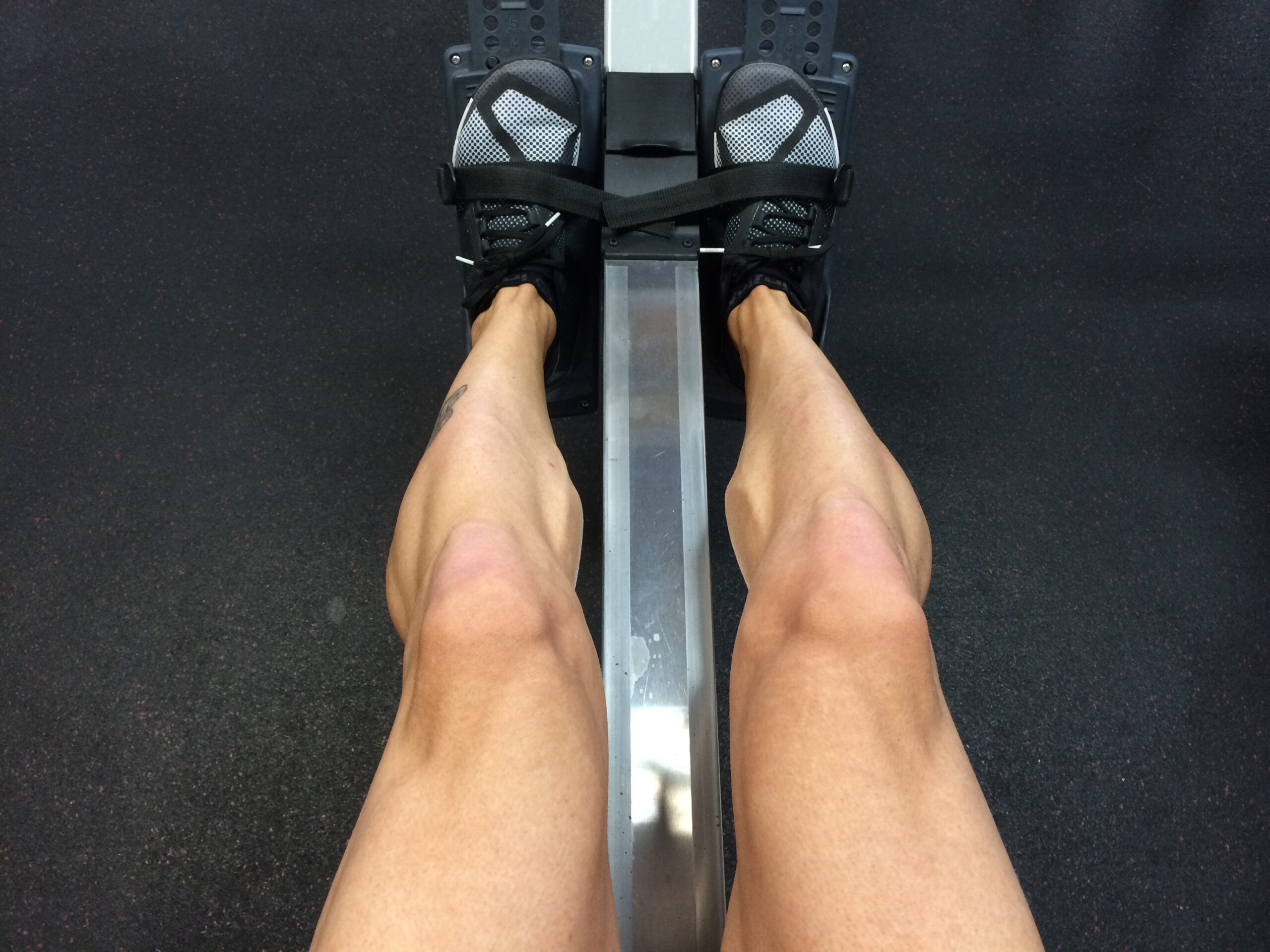Leg extensions are a popular gym exercise that primarily targets the quadriceps, the large muscle group at the front of your thighs. This exercise involves extending your legs against resistance while seated, which helps isolate and strengthen the quadriceps muscles. While leg extensions may seem straightforward, the benefits extend beyond just building stronger legs.
7 Surprising Leg Extensions Benefits

In this ultimate guide, we will explore seven surprising leg extension benefits that might just convince you to incorporate this exercise into your workout routine.
1. Quadriceps Isolation and Definition
Leg extensions provide a highly effective way to isolate the quadriceps, ensuring that they are the primary muscles engaged during the exercise. By isolating this muscle group, you can target it more effectively, aiding in muscle definition and strength gains in the quadriceps.
2. Injury Prevention and Rehabilitation
Leg extensions can be an essential part of injury prevention and rehabilitation. Strengthening the quadriceps helps stabilize the knee joint, reducing the risk of injuries such as strains and ligament tears. Moreover, leg extensions can be beneficial during rehabilitation from knee injuries, aiding in the recovery process and gradually rebuilding strength in the quadriceps.
3. Balanced Muscle Development
Incorporating leg extensions into your workout routine helps in achieving a balanced leg muscle development. While compound exercises engage multiple muscle groups, leg extensions specifically target the quadriceps. Achieving balance in muscle development is crucial for overall strength and aesthetics.
4. Improved Athletic Performance
Strong quadriceps are essential for athletes as they play a significant role in movements like running, jumping, and squatting. Leg extensions can enhance the power and explosiveness of these movements, directly impacting an athlete’s performance in various sports.
5. Enhanced Joint Health
When performed correctly, leg extensions can help improve joint health, particularly in the knee area. Strengthening the quadriceps can provide better support to the knee joint, reducing the strain on surrounding ligaments and cartilage. This can be especially beneficial for individuals with pre-existing knee issues or those looking to prevent future problems.
6. Enhanced Muscle Endurance
Regularly incorporating leg extensions into your workout routine can improve muscle endurance in the quadriceps. This enhanced endurance can be valuable for daily activities that require prolonged periods of standing or walking.
7. Customizable Intensity and Versatility
Leg extensions can be easily adjusted to suit various fitness levels. You can control the weight, sets, reps, and rest intervals, allowing for a customized workout. This adaptability makes leg extensions accessible to beginners and advanced athletes alike, ensuring that everyone can benefit from this exercise.
10 leg extension alternative
If leg extensions aren’t suitable for you due to preferences, limitations, or specific circumstances, there are several alternative exercises that can effectively target and strengthen the quadriceps and other leg muscles. Here are some leg extension alternatives to consider incorporating into your workout routine:
1. Squats
Squats are a fundamental compound exercise that engages the quadriceps, hamstrings, glutes, and lower back. They’re versatile and can be performed with body weight, a barbell, dumbbells, or using a variety of squat machine options. Squats promote overall lower body strength and muscle growth while also improving stability and mobility.
2. Lunges
Lunges are excellent for targeting the quadriceps, hamstrings, and glutes. They can be performed in various directions (forward, reverse, lateral) to target different muscle fibers. Lunges also help improve balance and coordination while providing a great lower body workout.
3. Leg Press
The leg press machine is an effective alternative to leg extensions. It primarily targets the quadriceps, hamstrings, and glutes while reducing the stress on the knees. It allows you to lift heavier weights and can be adjusted to various foot positions to emphasize different muscle groups.
4. Step-Ups
Step-ups engage the quadriceps, hamstrings, and glutes while also improving balance and coordination. Using a sturdy platform or step, step-ups can be performed with body weight or added resistance using dumbbells or a weighted vest.
5. Bulgarian Split Squats
Bulgarian split squats are a unilateral exercise that targets each leg independently, emphasizing the quadriceps and glutes. They help in addressing muscle imbalances and improving stability and strength in each leg.
6. Hack Squats
Hack squats, performed on a hack squat machine, are a great alternative to traditional squats and leg extensions. This exercise primarily targets the quadriceps and provides a safe and controlled movement.
7. Calf Raises
While not targeting the quadriceps, calf raises focus on the calf muscles and can be a valuable addition to your leg workout routine. Strong calves are essential for overall lower body strength and stability.
8. Romanian Deadlifts
Romanian deadlifts are excellent for targeting the hamstrings and glutes. While they don’t directly work the quadriceps, incorporating them into your leg workout can provide a comprehensive lower body workout.
9. Bodyweight Squats
Bodyweight squats are a great starting point for beginners and an effective way to build strength in the quadriceps, hamstrings, and glutes using only your body weight. As you progress, you can add resistance with bands or weights.
10. Pistol Squats
Pistol squats are an advanced bodyweight exercise that targets the quadriceps and helps improve balance, flexibility, and lower body strength.
Conclusion
Leg extensions offer a range of surprising benefits beyond just strengthening your quadriceps. Whether you’re looking to enhance muscle definition, prevent injuries, improve athletic performance, or promote joint health, leg extensions can be a valuable addition to your fitness routine. As with any exercise, it’s essential to use proper form, start with an appropriate weight, and gradually progress to ensure maximum benefits and minimize the risk of injury. Always consult a fitness professional or healthcare provider before making significant changes to your workout routine. Surprising Leg Extensions Benefits






